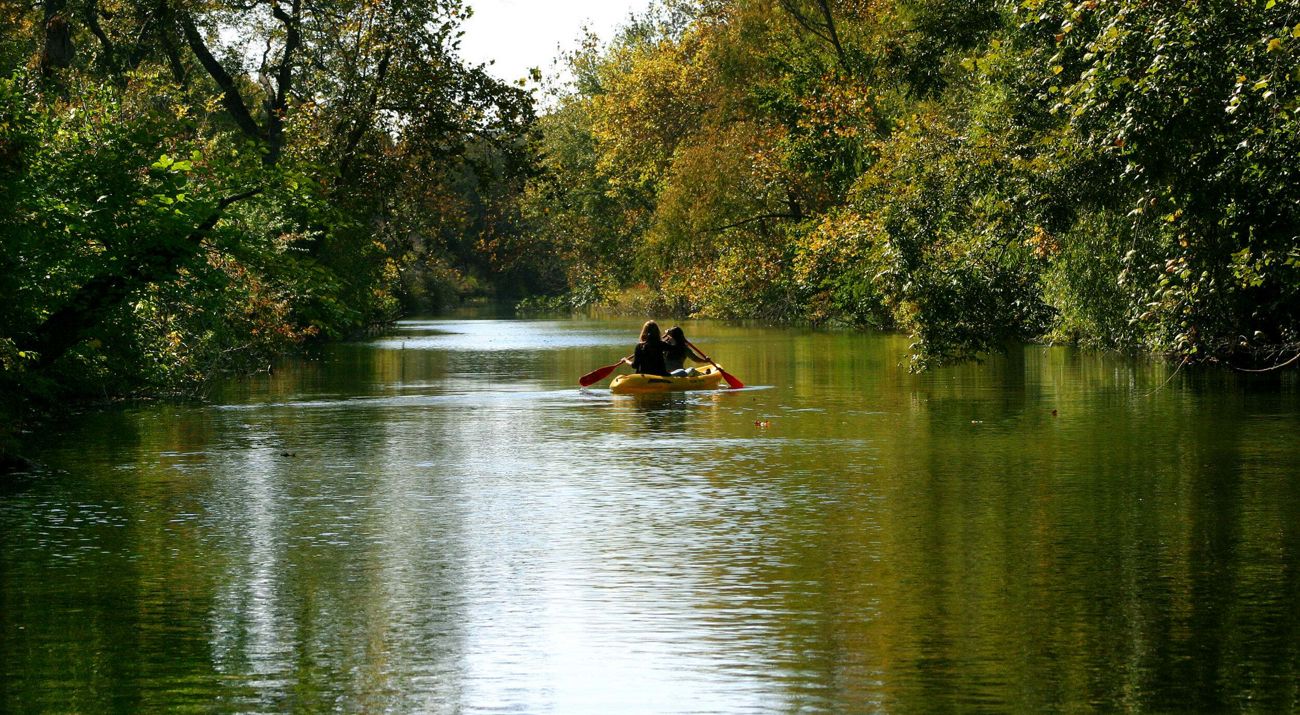
Completed in 2009, this project grew out of the Travis County, Texas Greenprint to span rural and urban areas in four counties. In addition, the project incorporated individual goals set by each of the counties. Using relevant spatial data and community input, "high priority acres" were identified for each county.
TPL calculated the total proportion of high priority acres that were currently conserved in each county; these values ranged from 12% to only 0.4% in one county, signaling huge room for improvement in the region's conservation plan in all areas, especially in water quality and farmland protection. Funding for conservation of these acres is likely to come from private foundations as well as bonds and taxes approved by voters, as it has in the past.
Year Published: 2009
State: Texas
Landscape Context: Inland
Housing Density: Suburban, Rural
Funding Type: Both (Public and Private)
Habitat Focus: Forest, Shrubland, Planted/Cultivated
Organizations Involved:
The Trust for Public Land, Envision Central Texas, and The Capital Area Council of Governments (CACOG)
Values:
Water Supply, Water Quality, Floodplains/Flood Prevention, Open Space/Habitat, Recreation, Viewshed, Working Land, Historic/Cultural Sites, Biodiversity
Stakeholder Involvement:
Stakeholders were consulted; the steering committee collaborated with county Greenprint Stakeholder Groups (GSG). Project conveners interviewed community leaders and held stakeholder input meetings in each county.
Planning Process:
The project was led by a Steering Committee, and began with constituency building and initial research. The project team was advised by a Technical Advisory Team (TAT) and a Greenprint Stakeholder Group (GSGs) for each county. As in other greenprints, the TAT assisted with spatial (GIS) analysis and the creation of a composite greenprint value maps. Lastly, the GSGs developed implementation strategies for conservation.
Desired Outcomes:
The Greenprint aimed to "protect water quality and quantity, protect sensitive ecological areas, preserve farm and ranch lands, enhance recreational opportunities, protect cultural resources and historic sites, and protect scenic corridors and viewsheds." It also proposed methods for securing funding that could be used to acquire and protect the land necessary to achieve these goals.
What It Accomplished:
The Greenprint was used in the Capital Area MPO's Regional Transportation Plan for 2035, 1,600 acres have been acquired along Onion Creek, Gilleland Creek, and Colorado River for park greenways and river corridor.